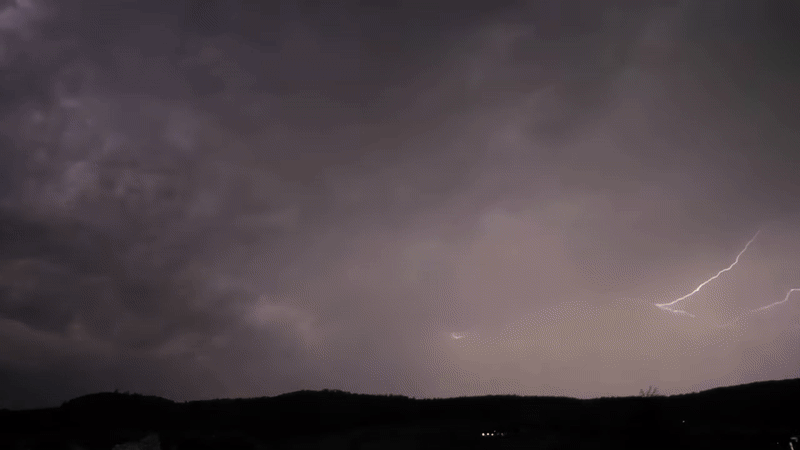- Engineer's Espresso
- Posts
- nitrogen from thin air?
nitrogen from thin air?
Countries were fighting over bird poop islands....
Happy Tuesday, folks!
Welcome to the This Week in Engineering (formerly Engineer’s Espresso).
You all loved the last game!
So…who won?
The winner is…
🥁 Philip 🥁
Here’s the response:
“Hi Adam,
I especially enjoyed the expose on Calhoun’s utopia. Fascinating.
Answers to the challenge are:
a. part of a soldering iron (w/ tinned tip)
b. part of a bevel edge chisel
c. part of a drill, showing bit and chuck assy
d. part of a crescent wrench
All are picturing the business end of the tool.
Best regards”
Want to get featured in the next edition?
Reply with the answer to today’s crossword challenge (ik your favorite)


So back in the early 1900s, Norwegian scientist Kristian Birkeland was obsessed with the Northern Lights.
While studying them, he noticed something weird - the electrical discharges created nitrogen compounds.
His buddy Sam Eyde, who was more of a business guy, immediately thought "holy moly, we could make fertilizer with this."
Back then, getting nitrogen for fertilizer was a massive problem.
Countries were fighting over bird poop islands. No joke.
So these guys built what was a controlled lightning machine.
Two huge copper electrodes, stupid high voltage, creating an arc hot enough to make nitrogen and oxygen from regular air combine. 3000°C type hot.
The setup was brutal - massive power requirements, and constant electrode replacements, but it worked.
They'd:
⦁ Zap the air with artificial lightning
⦁ Collect the gases this produced
⦁ Mix with more oxygen and water
⦁ End up with nitric acid for fertilizer
They built huge factories next to waterfalls in Norway for the power.
This was before power grids were even a thing. Each factory was using as much electricity as a small city just to make fertilizer.
Was it efficient? Hell no.
It took 15 megawatt-hours per ton of product.
But for a few years, these were some of the most important factories on Earth. Without them, we'd have faced global food shortages.
Eventually, Fritz Haber and Carl Bosch came up with a better method using hydrogen and catalysts instead of straight electricity. Their process is still how we make most fertilizers today.
What's cool is people are now building DIY versions of the Birkeland-Eyde reactor in their garages.
Some science YouTube channels have videos of these homemade lightning machines making nitric acid on a small scale.

Have you created your own engineering marvel, DIY solution, or science project?
We want to see it!
Send us photos and a brief description of your homemade water filter, rain collection system, hydroelectric generator, or any project you're proud of.
The most interesting submissions will be featured in our next newsletter.
Whether it's a backyard solution to water conservation or your own miniature Birkeland-Eyde reactor (please follow safety protocols!), we want to celebrate your ingenuity.

You guys nailed the last crossword - so here’s another one to keep those engineering brains buzzing!
But don’t worry, we promise this one won’t require a PhD in “Guesswork & Wild Assumptions.”

We’ll reveal the answer in the next edition. Don’t miss it!

Solution Engineer - Siemens
Turning complex problems into simple solutions - because even machines need a troubleshooter-in-chief.Maintenance and Reliability Engineer - Cargill
Keeping machines happy, so they don’t throw tantrums (or breakdowns) when you least expect it.Lead Structural Design Engineer - LVI Associates
Designing buildings that stand the test of time - because “oops” isn’t an option in engineering.
Want to list your job with us?
Hit reply and we’ll get it to over 15k engineers : )


Reply